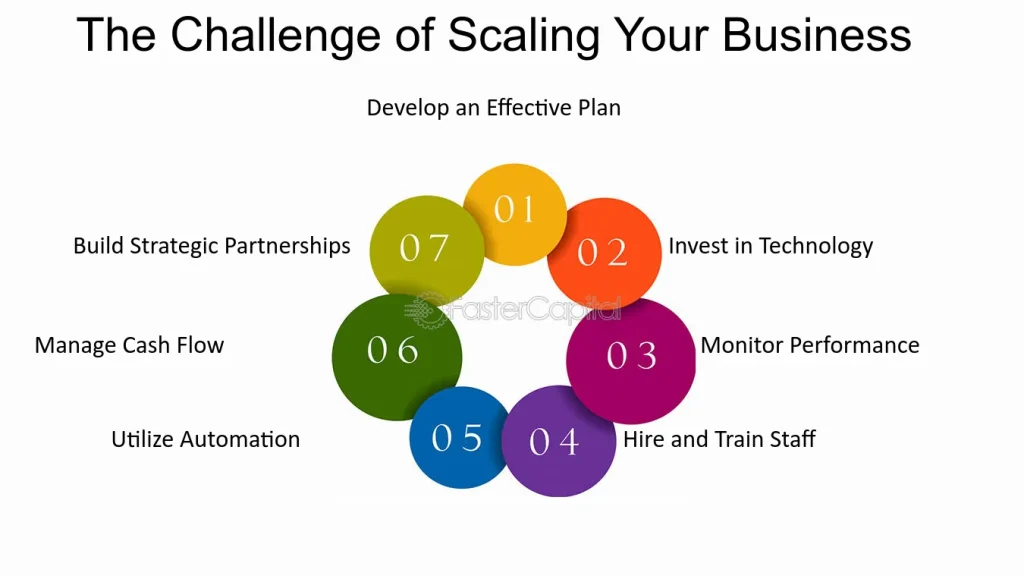Rapid growth is a testament to a successful business. However, it can also bring a host of IT challenges. As your business expands, so do your IT needs. To ensure smooth operations and continued growth, it’s essential to proactively address these challenges. Here are some strategies to help you navigate the IT landscape:

1. Scalability and Flexibility
- Cloud-Based Solutions: Consider migrating to cloud-based solutions to easily scale your IT infrastructure as needed.
- Virtualization: Virtualize servers and applications to optimize resource utilization and improve flexibility.
- Modular IT Infrastructure: Design your IT infrastructure in a modular way to accommodate future growth and changes.
2. Security and Data Protection
- Robust Security Measures: Implement strong security measures, such as firewalls, intrusion detection systems, and encryption.
- Regular Security Audits: Conduct regular security audits to identify vulnerabilities and potential threats.
- Employee Training: Educate employees about cybersecurity best practices to prevent human error.
- Data Backup and Recovery: Have a comprehensive data backup and recovery plan in place.
- Incident Response Plan: Develop a plan to respond to security incidents efficiently.
3. Managing Remote Workforces
- Secure Remote Access: Implement secure remote access solutions to enable employees to work from anywhere.
- Reliable Communication Tools: Use reliable communication tools to facilitate collaboration and teamwork.
- Regular Security Checks: Conduct regular security checks on remote devices to mitigate risks.
4. IT Talent Acquisition and Retention
- Strategic Hiring: Recruit skilled IT professionals who can adapt to your company’s growth.
- Professional Development: Invest in employee training and development to retain top talent.
- Flexible Work Arrangements: Offer flexible work arrangements to attract and retain top talent.
5. Effective IT Governance
- Clear IT Strategy: Develop a clear IT strategy aligned with your business goals.
- Regular IT Reviews: Conduct regular reviews of your IT infrastructure and processes.
- Strong IT Leadership: Ensure strong leadership to oversee IT operations and decision-making.
6. Data Management and Analytics
- Data Storage and Management: Implement effective data storage and management strategies.
- Data Analytics: Use data analytics to gain insights into business performance and customer behavior.
- Data Security and Privacy: Protect sensitive data and comply with data privacy regulations.
7. Vendor Management
- Strategic Partnerships: Establish strong partnerships with reliable IT vendors.
- Vendor Performance Management: Monitor vendor performance and hold them accountable for service delivery.
By addressing these challenges proactively, you can ensure that your IT infrastructure supports your business growth and helps you achieve your long-term goals.





Leave a Reply to Alejandra2872 Cancel reply